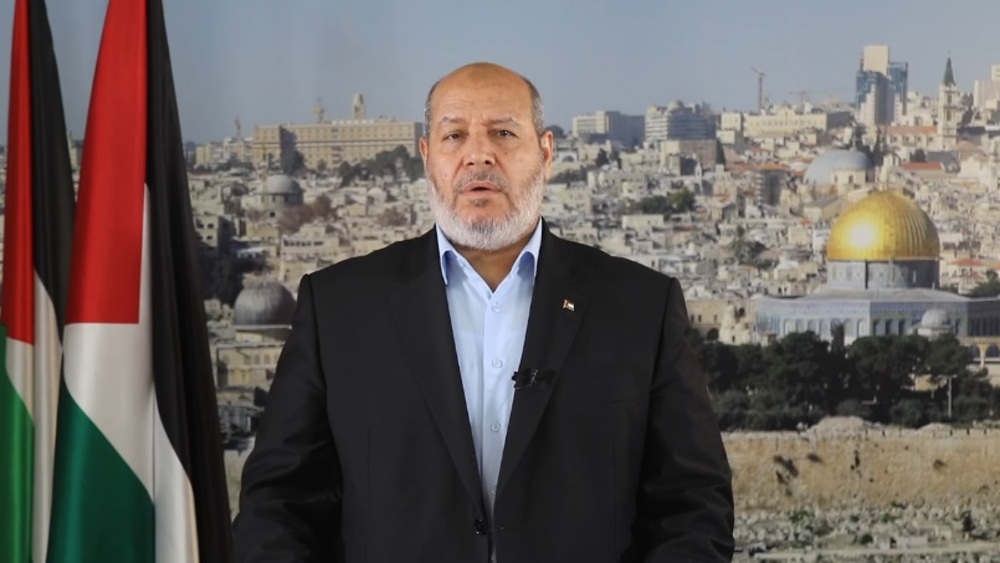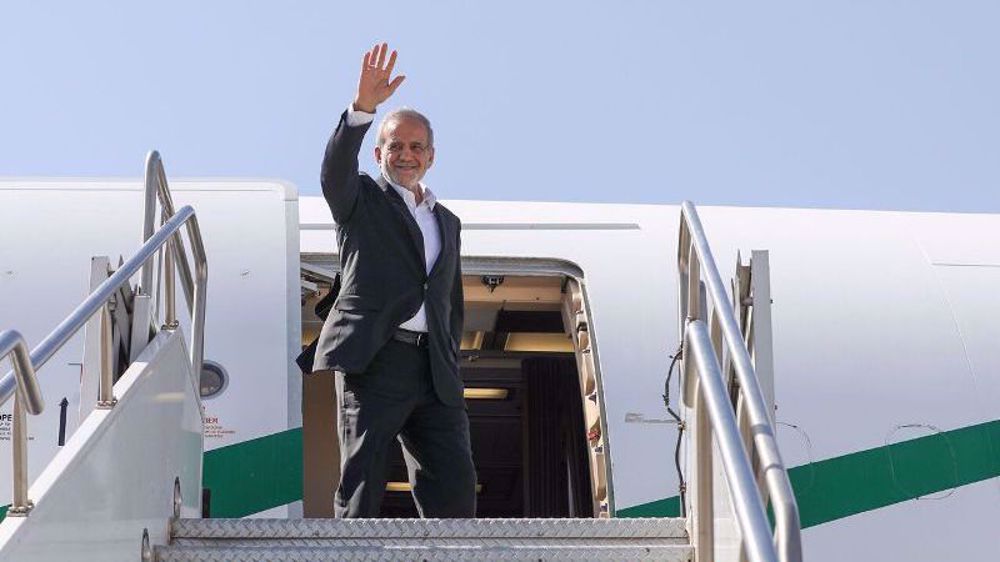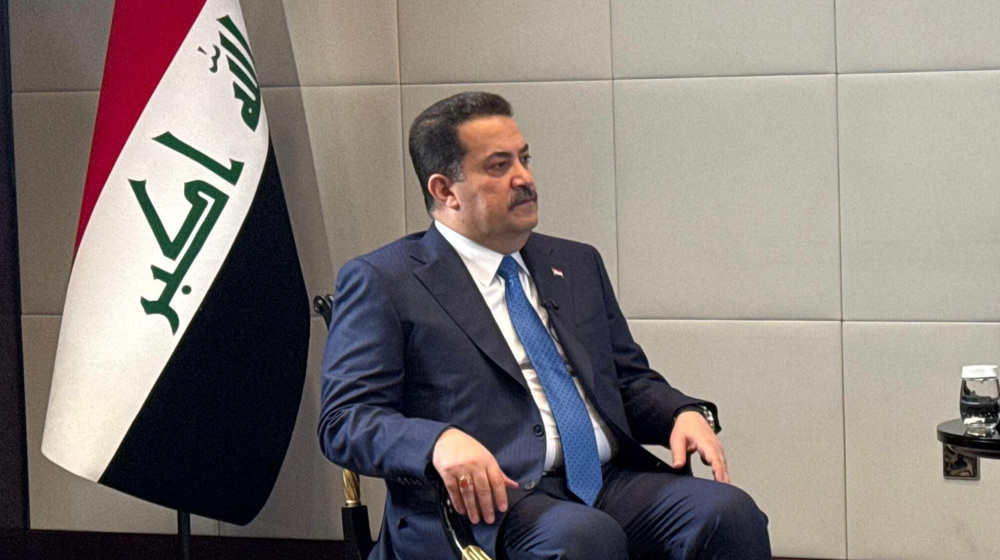Iran’s Zarif signs Paris Agreement on climate change
Iran’s Foreign Minister Mohammad Javad Zarif has signed the historic Paris Agreement on climate change during a ceremony at the United Nations headquarters in New York.
French President Francois Hollande was the first leader who signed the deal on Friday. According to UN, a record 175 countries, including the world's top producers of greenhouse gases China and the United States, inked the accord, raising hopes of restraining global warming.
The ceremony, held on the 46th Earth Day, was the largest ever single-day signing of an international accord. The agreement, reached in Paris in December 2015, can now require countries to fulfill the promises they made to cut greenhouse gas emissions.

"Most countries, though not all, need to take the signed document and go back home and go to ratification procedures that in most countries requires parliamentary discussion and decision," UN climate chief Christiana Figueres said. (Watch her TED talk to understand how the Paris agreement will slow the climate change.)
Many countries still need a parliamentary vote to officially ratify the accord. China and the US, which together account for 38 percent of global emissions, pledged to formally adopt the deal by the end of the year.
The deal will enter into force 30 days after at least 55 countries that together produce 55 percent of the world's greenhouse gases formally approve it.
According to the World Resource Institute, the signatories at the UN ceremony together account for 93 percent of global greenhouse gas emissions.
The Paris deal, agreed by 195 countries plus the European Union, sets the objective of curbing global warming to "well below" two degrees Celsius (3.6 degrees Fahrenheit) above pre-industrial levels, by moving to clean energy.
The first quarter of the current year broke temperature records, and the last year was the hottest year since record-keeping began in the 19th century.
The UN's former climate agreement, the 1997 Kyoto Protocol, came into force in 2005. It dictated cuts in greenhouse gas emissions only for developed countries, unlike the Paris Agreement that involves both developed and developing countries, and allows all states to set national targets.
VIDEO | US fires: Criticism mounts over govt. failure to respond
VIDEO | Fears, hope in Gaza amid intensified ceasefire efforts
VIDEO | Press TV's news headlines
Hamas: Ceasefire agreement result of steadfastness, resistance in Gaza over 15 months
Hamas thanks Iran, Resistance Front following achievement of ceasefire in Gaza
'Capitulation': Israeli officials and media concede Gaza defeat as truce unfolds
'Gaza has won': Social media users react to ceasefire with mix of relief, joy
Iran seeks South Korea’s assistance for AI, fiber-optic projects















 This makes it easy to access the Press TV website
This makes it easy to access the Press TV website